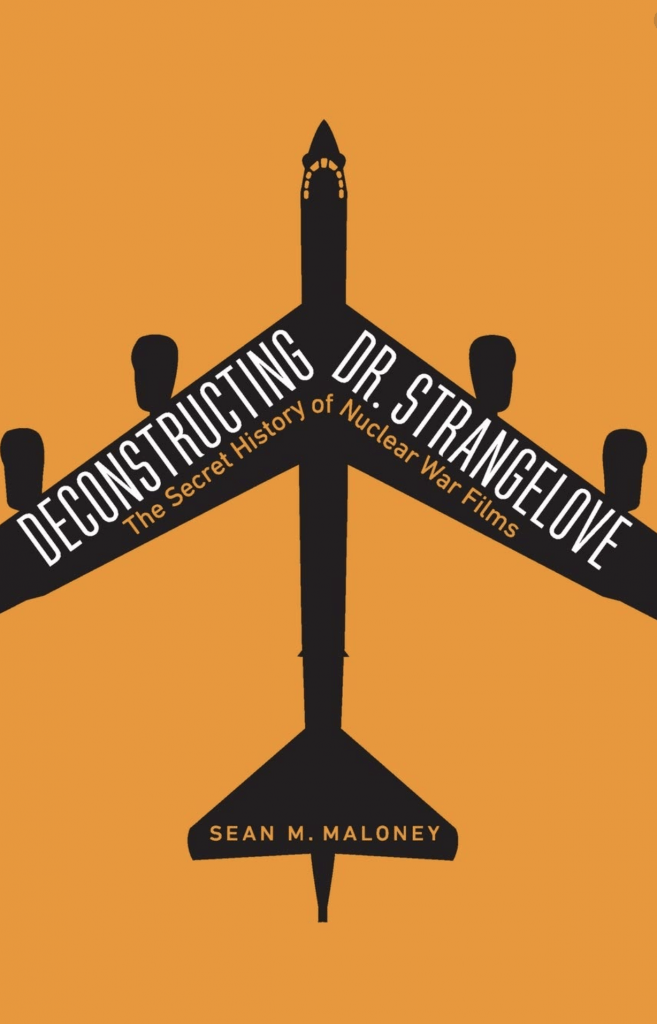
King of the Cold War crisis film, Dr. Strangelove became a cultural touchstone from the moment of its release in 1964. The duck-and-cover generation saw it as a satire on nuclear issues and Cold War thinking. Subsequent generations, removed from the film’s historical moment, came to view it as a quasi-documentary about an unfathomable secret world.
Sean M. Maloney uses Dr. Strangelove and other genre classics like Fail Safe and The Bedford Incident to investigate a curious pop cultural contradiction. Nuclear crisis films repeatedly portrayed the failures of the Cold War’s deterrent system. Yet the system worked. What does this inconsistency tell us about the genre? What does it tell us about the deterrent system, for that matter?
Blending film analysis with Cold War history, Maloney looks at how the celluloid crises stack up against reality—or at least as much of reality as we can reconstruct from these films with confidence. The result is a daring intellectual foray that casts new light on Dr. Strangelove, one of the Cold War era’s defining films.
“I’m pleased to have read Deconstructing Dr. Strangelove and will keep it on my shelf for reference. I wish I’d had Maloney’s book on hand when I wrote the Cold War chapter for my 2014 book about cinema and historical memory, War on the Silver Screen. Maloney knows as much as can be known about nuclear weapons procedures and his knowledge on the authors and content of the novels adapted into Cold War movies is vast and inviting. There is much more to the film and literature of the Cold War than Dr. Strangelove and Fail Safe. Maloney offers a fascinating survey.”—David Luhrssen, Shepherd Express
“Deconstructing Dr. Strangelove is a worthwhile study that sheds light on an important slice of Cold War history. It will urge readers to explore—or revisit—a fascinating body of film narratives and wonder what really happened and what might have been.”—Hiroshi Kitamura, Strategy Bridge
“In his introduction, Sean Maloney writes: ‘The further we get away from those dangerous years, the more art takes over from life, history, and reality.’ These words set the stage for his detailed and factual account, validated by meticulous research, of an era as experienced by this Cold War Strategic Air Command veteran.”—Lt. Col. Earl J. McGill, USAF (Ret.), author of Jet Age Man: SAC B-47 and B-52 Operations in the Early Cold War